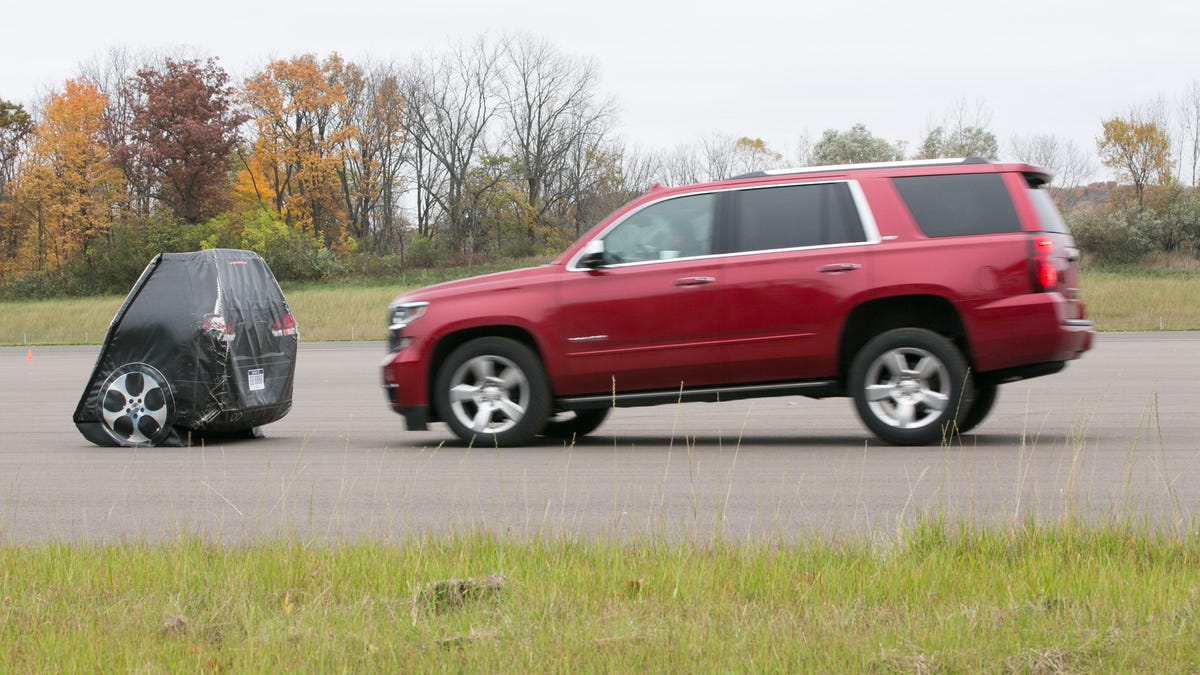EU committee votes to standardize additional safety tech for future new cars
There are still more votes between now and this proposal becoming law.

The European Union is one step closer to ensuring that future new cars come with even more standard safety equipment than they already do.
The EU's Internal Market Sub-Committee announced late last week that it had approved a new set of safety-system mandates for new cars sold within the EU. It adjusts the current regulations and adds to them, on the theory that the systems suggested for mandatory inclusion would bring immediate benefits to cyclists, pedestrians and anyone else sharing the road with cars.
The proposed rules mandate a number of safety features. One of these is intelligent speed assistance, which lets drivers know when they're exceeding the speed limit. The proposal also wants to mandate driver drowsiness monitors, rear parking sensors and accident data recorders (like an airplane's black box). It would also mandate autobrake systems that can detect cyclists and pedestrians, as well as advanced lane-keep assists that help vehicles stay in their lanes. The proposal also seeks to standardize an interface so that alcohol interlocks can be easily installed after the fact.
As the IIHS found in its study last week, not every pedestrian detection system is created equal.
"Safety of road users, especially unprotected ones, is our focus. This regulation deals in the most direct sense with life and death," Róża Gräfin, a member of the EU Parliament from Poland, said in a statement. "We concentrated all our efforts on saving lives and mitigating injuries. The additional obligatory equipment for cars, trucks and buses will save human lives. I am very proud of the European Parliament; despite all our differences, the members supported this ambitious proposal."
These proposals may change trucks in a big way, too. The proposal calls on truck manufacturers to focus on "direct vision," which is a term that basically means making pedestrians and cyclists more visible to truck drivers. The goal here is to reduce or eliminate blind spots ahead of the driver's seat and through the side windows. This is a monumental task, as it will likely require manufacturers to completely redesign truck cabs to adhere to this new regulation.
The mandates wouldn't be set in stone right away. Instead, there will be varying amounts of time before each is enforced. This gives automakers time to plan for and develop solutions that (ideally) won't be overly costly. As for the truck cab redesign mandate, that one requires a bit more work, so they'll have up to 84 months in some cases before the mandate becomes official.
There's still a way to go before this becomes reality. The proposal made it out of its committee with a 33-2 vote. The EU Parliament must then negotiate the proposal with the Council of the European Union, essentially the other half of the EU's bicameral legislature. As is the case with most negotiations, that means parts of the proposal may be subject to change before anything is given a proper green light.

